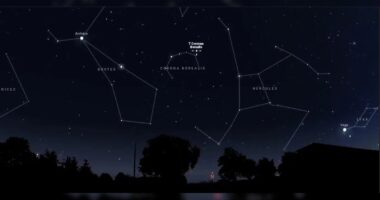The James Webb Space Telescope has captured stunning images of two merging galaxies, nicknamed the Penguin and the Egg, located 326 million light-years away in the constellation Hydra. These galaxies are in the process of merging, a common process for galaxy growth, and are expected to become a single galaxy in the distant future.
The Penguin galaxy, a distorted spiral, resembles a penguin with its beak-like region. The Egg galaxy, a compact elliptical galaxy, looks like an egg. Their interaction, which began 25 to 75 million years ago, is creating a haze of stars and gas.
Webb’s observations have revolutionized our understanding of the early universe, revealing galaxies that formed shortly after the Big Bang and providing insight into the composition of exoplanets and star-forming regions.
The telescope’s infrared capabilities have allowed scientists to peer through dust and gas to study the earliest galaxies ever observed, revealing that they are larger and brighter than previously thought. Webb’s sensitivity to infrared light has enabled unprecedented observations of the universe, providing new perspectives on the early universe, star formation, and exoplanet atmospheres.
While Webb has already yielded groundbreaking discoveries, scientists expect it to continue making significant contributions to our understanding of the universe, with future investigations promising even more exciting findings.





















